News + Media

MIT News | Sep 16, 2010
MIT study finds no shortage of uranium for nuclear energy for decades, but more research is needed to develop improved fuel-cycle options.
Uranium supplies will not limit the expansion of nuclear power in the U.S. or around the world for the foreseeable future, according to a...
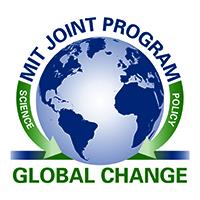
MIT News | Sep 08, 2010
Research suggests ocean color is linked to formation, movement of tropical cyclones
More hurricanes may form in greener waters, where sunlight tends to be absorbed at shallower depths, than in clear seas, according to new research that draws a link between ocean color and the formation and movement...
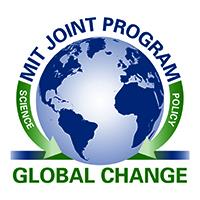
MIT News | Aug 04, 2010
Analysis shows that, contrary to some claims, proposed legislation to limit carbon emissions would not disadvantage those with lower incomes.
So-called “cap and trade” legislation has often been portrayed as a regressive policy — one that would hit poor people the hardest. A new MIT study concluded...
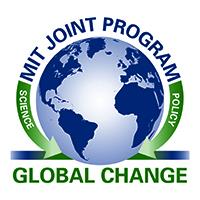
MIT News | Jun 25, 2010
Study finds significant potential to displace coal, reducing greenhouse gas emissions
Natural gas will play a leading role in reducing greenhouse-gas emissions over the next several decades, largely by replacing older, inefficient coal plants with highly efficient combined-cycle gas generation....
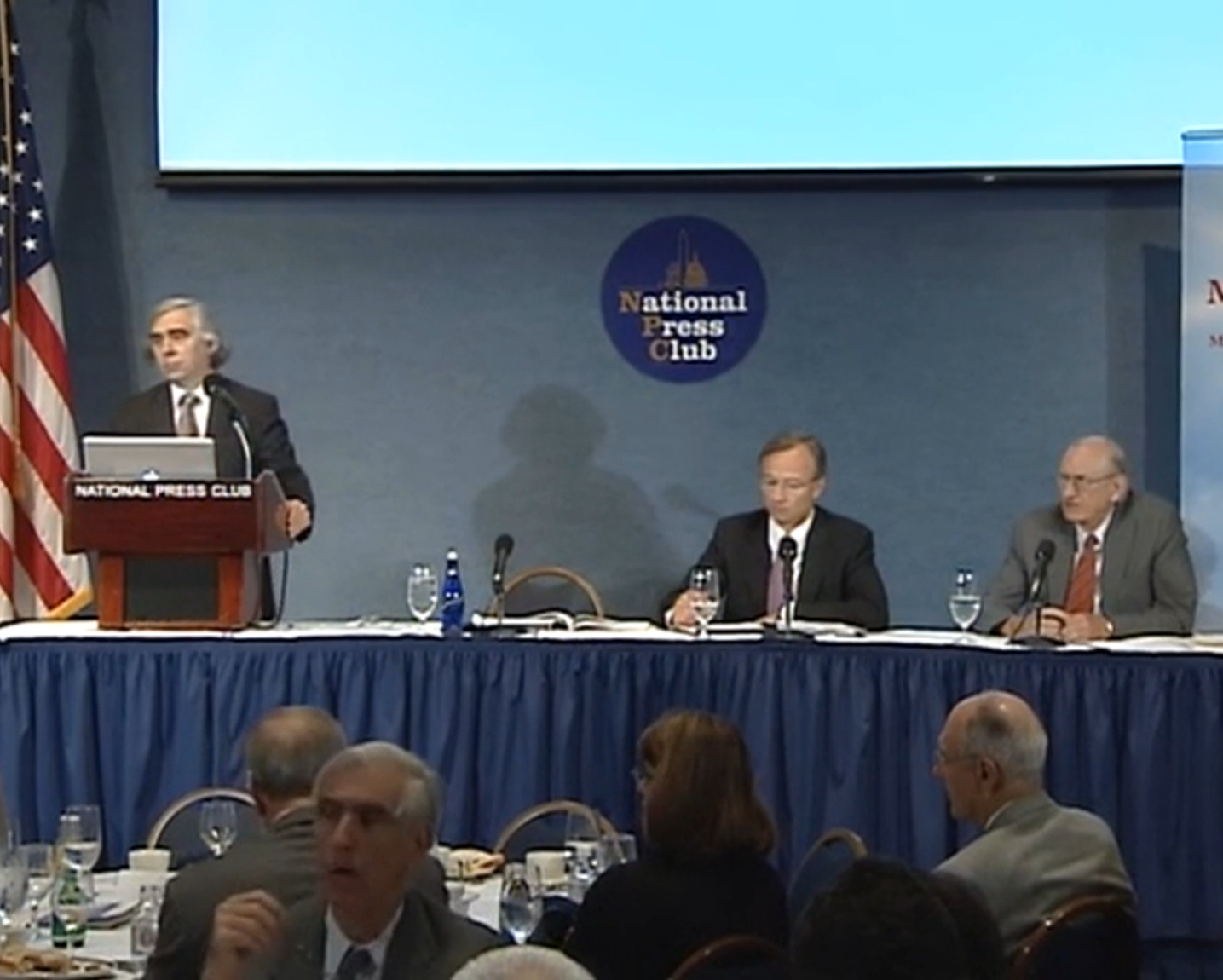
Jun 25, 2010
Henry Jacoby, Tony Meggs, and Ernest Moniz
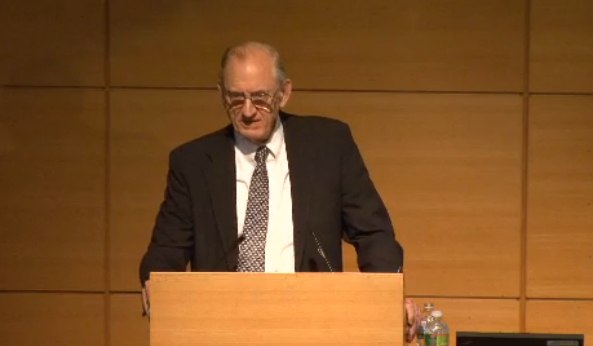
Jun 24, 2010
Tribute to MIT Joint Program Co-Founder and Co-Director Henry D. "Jake" Jacoby.
Speakers: Ronald Prinn, William Pounds, Mort Webster, Brian Flannery, Paul Eckbo, Arlie Sterling, Ian Sue Wing, Martin Zimmerman, and John Reilly
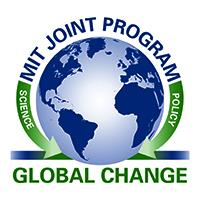
3 Questions
MIT News | Jun 07, 2010
As U.N. negotiations begin this week on a global mercury treaty, an MIT atmospheric scientist explains the challenges ahead.
The first United Nations negotiating session for a global, legally binding mercury treaty begins today in Stockholm. Continuing through Friday, this is the first of five...
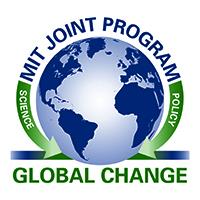
MIT News | Mar 19, 2010
If we double the Earth’s greenhouse gases, how much will the temperature change? That’s what this number tells you. (This is the second part of an "Explained" on climate change. Part one dealt with radiative forcing.)
Climate...
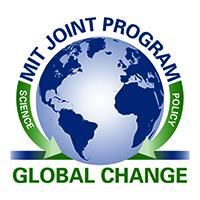
MIT News | Mar 17, 2010
A curriculum built around a rotating-tank experiment could improve weather and climate education
In recent years, U.S. undergraduates have shown an increasing interest in introductory meteorology, oceanography and climate classes. But many students find it difficult to grasp the non-intuitive...
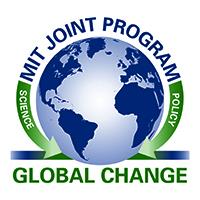
MIT News | Mar 12, 2010
MIT analysis suggests generating electricity from large-scale wind farms could influence climate — and not necessarily in the desired way
Wind power has emerged as a viable renewable energy source in recent years — one that proponents say could lessen the threat of global warming. Although the...

